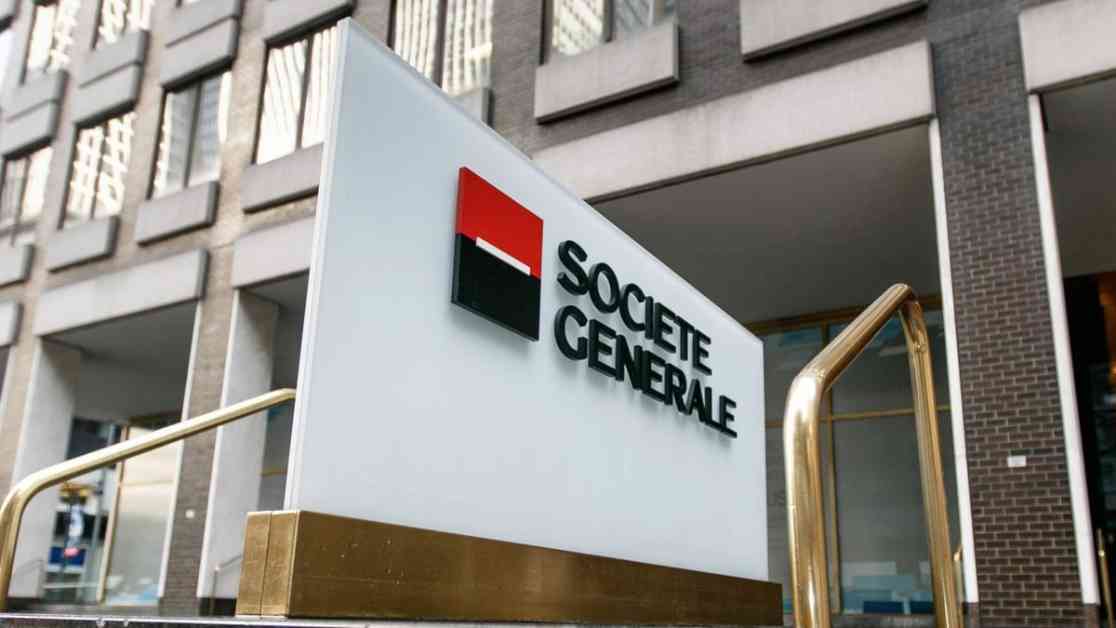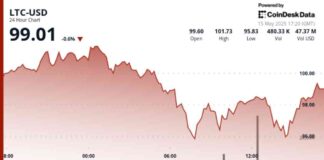SG Forge, a subsidiary of Societe Generale, is making a strategic move by shifting its euro stablecoin, EUR CoinVertible (EURCV), to the Solana blockchain. This decision comes after the initial launch of EURCV on the Ethereum blockchain last year, where it faced challenges in gaining traction in the market. With only 28 holders, 154 lifetime transactions, and an issuance of 33 million, according to its Etherscan page, the move to Solana aims to boost performance and attract more users.
The Solana blockchain is known for its speed and cost efficiency, which are key factors that SG Forge believes will enhance the usability of EURCV. CEO Jean-Marc Stenger expressed confidence in Solana’s capabilities, stating that its speed “will unlock new possibilities for both retail users and institutional players in decentralized finance (DeFi).” This shift to a faster and cheaper network could potentially open up new opportunities for EURCV to gain popularity among crypto users.
Stablecoins have become increasingly important in the global financial economy, with many firms looking to replicate the success of industry giants like Tether and Circle. These stablecoin issuers have amassed significant wealth through ownership of the Treasury notes backing their assets. SG Forge’s decision to move EURCV to Solana indicates a strategic shift to capitalize on the growing demand for stablecoins while leveraging the advantages of a more efficient blockchain network.
The Rise of Stablecoins in the Crypto Market
Stablecoins have emerged as a critical component of the cryptocurrency market, offering a stable and reliable alternative to volatile digital assets like Bitcoin and Ethereum. These coins are typically pegged to a stable asset, such as the US dollar or the euro, to provide users with a secure store of value and a means of conducting transactions without exposure to price fluctuations.
With the rise of decentralized finance (DeFi) platforms, stablecoins have gained even more prominence as they serve as a bridge between traditional financial systems and the crypto ecosystem. Users can easily convert fiat currencies into stablecoins to participate in various DeFi activities like lending, borrowing, and trading without the risk of price volatility.
SG Forge’s decision to launch EURCV on the Solana blockchain signals its commitment to tapping into the growing demand for stablecoins in the market. By leveraging Solana’s speed and efficiency, EURCV aims to offer users a seamless and cost-effective solution for conducting euro-denominated transactions in the crypto space.
The Potential Impact of EURCV on the Crypto Ecosystem
As EURCV makes its debut on the Solana blockchain, industry experts are closely watching to see how it will fare in the highly competitive stablecoin market. The success of EURCV could pave the way for more euro-linked stablecoins to enter the market, providing users with a wider range of options for conducting transactions in the digital asset space.
The performance of EURCV on Solana will also shed light on the scalability and efficiency of the Solana network for hosting stablecoins. If EURCV gains traction and attracts a significant user base, it could validate Solana’s capabilities as a viable blockchain platform for hosting stablecoin projects.
SG Forge’s decision to shift EURCV to Solana reflects the company’s strategic vision to innovate and adapt to the evolving needs of the crypto market. By leveraging the speed and cost efficiency of Solana, EURCV aims to offer users a competitive alternative to existing stablecoins while contributing to the growth and development of the crypto ecosystem.
In conclusion, SG Forge’s move to launch EURCV on the Solana blockchain marks a significant development in the stablecoin market. With the potential to revolutionize euro-denominated transactions in the crypto space, EURCV’s debut on Solana could pave the way for more innovative stablecoin projects in the future. As the crypto market continues to evolve, it will be interesting to see how EURCV performs and the impact it has on the broader digital asset ecosystem.














